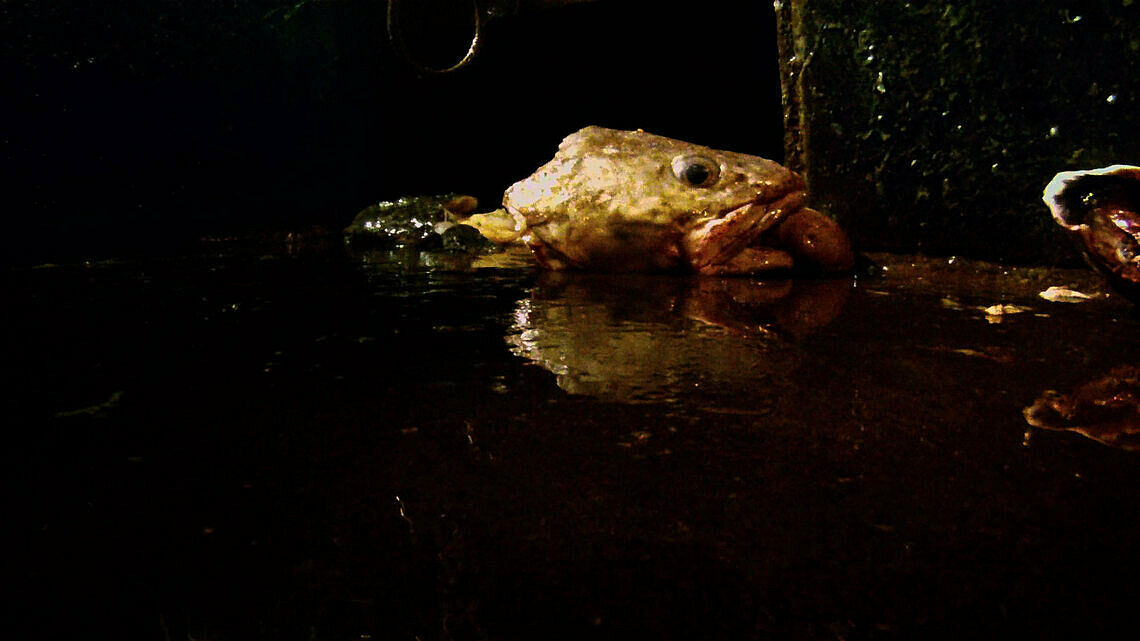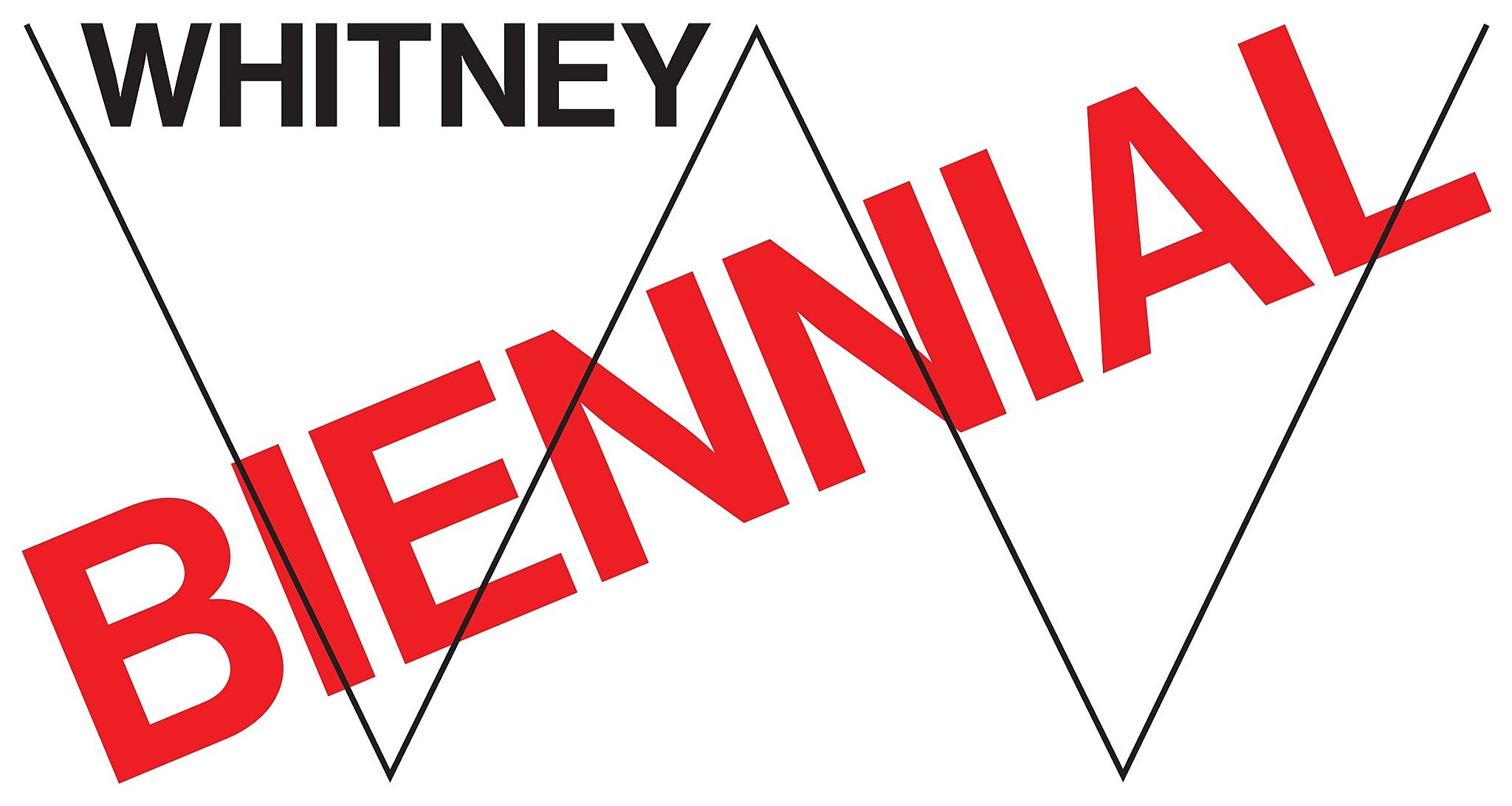Lucien Castaing-Taylor, Véréna Paravel, and Sensory Ethnography Lab
On View
Second Floor
Work by Lucien Castaing-Taylor, Véréna Paravel, and Sensory Ethnography Lab is on view in the Museum’s second floor galleries. Screenings will take place in the second floor Film & Video Gallery, March 10–23. View the calendar for more information.
SENSORY ETHNOGRAPHY LAB
ARTISTS
Diana Allan Xu Ruotao
Ilisa Barbash J.P. Sniadecki
Libbie Cohn Stephanie Spray
Aryo Danusiri Katherine Tygielski
Ernst Karel Pacho Velez
Toby Kim Lee Pawel Wojtasik
Helen Mirra Huang Xiang
Castaing-Taylor
Born 1966 in Liverpool, UK
Paravel
Born 1971 in Neuchâtel, Switzerland
Live and Work in Boston, MA and Paris, France
Sensory Ethnography Lab
Founded by Castaing-Taylor in 2006
Produced in Harvard University’s Sensory Ethnography Lab (founded in 2006 to promote innovative combinations of aesthetics and ethnography), Leviathan (2012) was shot off the coast of New Bedford, Massachusetts, the former whaling capital of the world and the mythic port of departure in Herman Melville’s Moby Dick. The film provides an unprecedented view of the world of industrial fishing—one by turns cosmic and corporeal, and which appears to be as much from the perspective of the fish, the boat, and the sea as from that of the fishermen or the filmmakers themselves. Miniature waterproof cameras attached to the fishermen’s bodies or cast into the ocean allow the “eye” of the camera to rove and flow dynamically with the subjects of the film. This shifting point of view marks a radical departure in cinema, a mode of vision that seems unmoored from the human gaze.
Leviathan is the first of four works in Lucien Castaing-Taylor and Véréna Paravel’s ongoing project Canst Thou Draw Out Leviathan with a Hook? (2012– ) that explores how humanity is haunted by the sea. Working with digital video, sound, and still imagery, the project offers various portraits of our relationship to the oceanic world and the mythology of the Deep, from the metaphysical to the viscerally physical.
About the Films and Sound Works
Chaiqian/Demolition
JP Sniadecki, 2008, audio-video, 62 min.
A portrait of migrant labor, urban space, and ephemeral relationships in the center of Chengdu, the capital of Sichuan province in western China.
Dead Ice
Stephanie Spray, 2011-12, audio, 21:15 min.
A phonography project composed from sound recordings made in the Everest region of Nepal.
Heard Laboratories, Five-channel Version
Ernst Karel, 2010, audio, 28:30 min.
Sounds of equipment, devices, and activities draw attention to the physical processes underlying scientific research, the work underway which provides a ground for our highly technologized society. Location recordings and their live reinterpretation by the Chicago Sound Map ensemble.
Kāle and Kāle
Stephanie Spray, 2007, audio-video, 50 min.
An observational work that explores the subtle everyday interactions and relationships among an uncle and nephew, both nicknamed “Kale,” or “black one,” and their families in rural Nepal.
Leviathan
Lucien Castaing-Taylor and Véréna Paravel, 2012, audio-video, 87 min.
In the very waters where Melville’s Pequod gave chase to Moby Dick, Leviathan captures the collaborative clash of man, nature, and machine.
Manakamana
Stephanie Spray and Pacho Velez, 2013, DCP, 118 min. (avant-premiere)
High above a jungle in Nepal, pilgrims make an ancient journey by cable car to worship Manakamana.
Materials Recovery Facility, Quadraphonic Version
Ernst Karel, 2014, 4-channel audio, 43:30 min.
A sound work recorded at the materials recovery facility run by Casella Waste Systems, in the Charlestown area of northern Boston, which receives truckloads of commingled recyclables from surrounding municipalities and universities.
Monsoon Reflections
Stephanie Spray, 2008, audio-video, 23 min.
Drawing its title from a poem by Lekhnath Paudyal, who depicts the monsoon season as sublime and blissful, this video focuses on the melancholy and grit of two female Nepali field hands as they carry out their monsoon routines in Lekhnath, Nepal.
People’s Park
Libbie Dina Cohn, J.P. Sniadecki, 2012, audio-video, 75 min.
A single-shot documentary that immerses viewers in an unbroken journey through a famous urban park in Chengdu, Sichuan Province.
SEL Shorts I
7 Queens
Verena Paravel, 2009, audio-video, 22 min.
Recorded during an aimless extended (anti)-ethnographic walk beneath the elevated tracks of the #7 subway line in New York City, 7 Queens wanders in the fragile zone of fleeting relations.
Songhua
J.P. Sniadecki, 2007, audio-video, 28 min.
Depicts the intimate and complex relationship between Harbin residents and their “mother river," the Songhua in northeastern China.
Still Life
Diana Allan, 2007, audio-video, 25 min.
Examines the role that a series of personal photos that survived the 1948 displacement play in the life of Said, an elderly Palestinian from Acre now living in exile in Lebanon.
Shape of Things
Katherine Tygielski, 2011, audio-video, 23 min.
Kindergartners, called "class zero" students in Nepal, experience their first six months at the Srijana School for the Deaf, in Lekhnath.
SEL Shorts 2
Yellow Bank
JP Sniadecki, 2010, audio-video, 27 min.
Watching, waiting, and traversing: a portrait of Shanghai at the confluence of tempestuous weather, looming architecture, and murky waterways during a total solar eclipse.
Still Life / Nature Morte
Lucien Castaing-Taylor and Véréna Paravel, audio-video, 28 min.
New England scallopers between watches pass time in the galley.
On Broadway
Aryo Danusiri, 2009/2014, audio-video, 44 min.
A structural account of the cultural transformation of a mosque in downtown Manhattan, New York City.
Sheep Rushes
Lucien Castaing-Taylor, audio-video, 83 min.
A series of short films set in Montana’s Absaroka Beartooth mountains. Taken together they provide a glimpse into the complex and fraught relationship between man and nature:
Hell Roaring Creek: An auroral pastoral.
Day Break on the Bed Ground: A sheep herder talks to his horse and follows his sheep as they take off for the day.
Breakfast: Two sheep herders discuss the threat of predators and environmentalists in the early morning.
Turned at the Pass: A sheep herder is at the end of his tether as his flock cross unnoticed over a divide.
Bedding Down: A crepuscular pastoral.
The High Trail: In the monumental American West, we eavesdrop on a man petting his herding dog, while we witness the progress of their charges, as apparently infinite as Rabelais’ moutons de Panurge, across a mythic landscape.
Coom Biddy: Shear, v. To cut, divide, shear, shave.
Into-the-jug (Geworfen): Geworfenheit, thrown-ness, foaling, whelping.
Single Stream
Pawel Wojtasik, Toby Kim Lee, Ernst Karel, 2014, audio-video, 24 min.
Blurring the line between observation and abstraction, Single Stream plunges the viewer into the steady flow of a recycling facility and the waste it treats, examining the material consequences of our society’s culture of excess.
Sweetgrass
Ilisa Barbash, and Lucien Castaing-Taylor, 2009, audio-video, 103 min.
An unsentimental elegy to the American West, Sweetgrassfollows the last sheepherders to lead their flocks of sheep up into Montana’s breathtaking and often dangerous Absaroka-Beartooth mountains for summer pasture.
Swiss Mountain Transport Systems, Multichannel Version
Ernst Karel and Helen Mirra, 2012, audio, 68:30 min.
Composed of location recordings made from within mostly enclosed mobile environments, the sounds include mechanical drones, intermittent percussiveness, and transient acoustic glimpses of a surrounding landscape inhabited by humans and other animals. Articulated with minimal percussion by Helen Mirra.
Yumen
Xu Ruotao, JP Sniadecki, Huang Xiang, 2013, audio-video, 65 min.
Yumen combines ghost stories and “ruin porn” to form a celluloid psycho-collage of wandering souls seeking connection with one another and a lost collective history among the frozen remnants of the abandoned oil town of Yumen in China’s northwest Gansu province.
Windhorse
Stephanie Spray, 2009, audio, 15:55 min.
Comprised of a constellation of sounds that are culturally, geographically and historically archetypical to the region (Mukhtinath, Nepal), Windhorse is an acoustic exploration of mythopoetic place and landscape.


